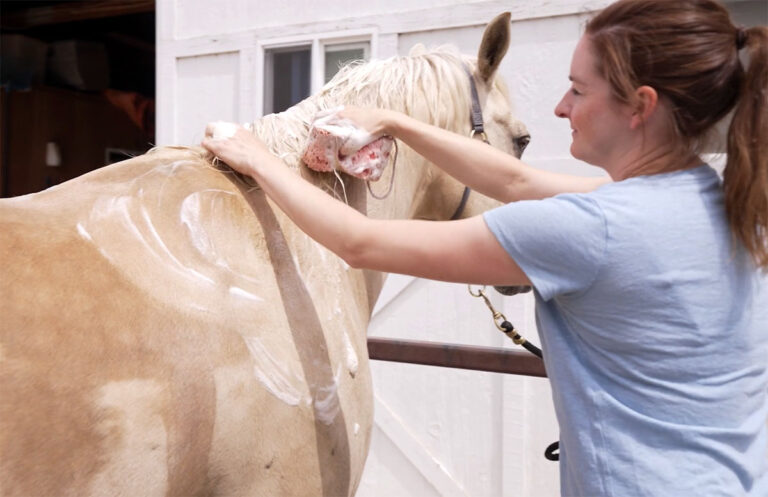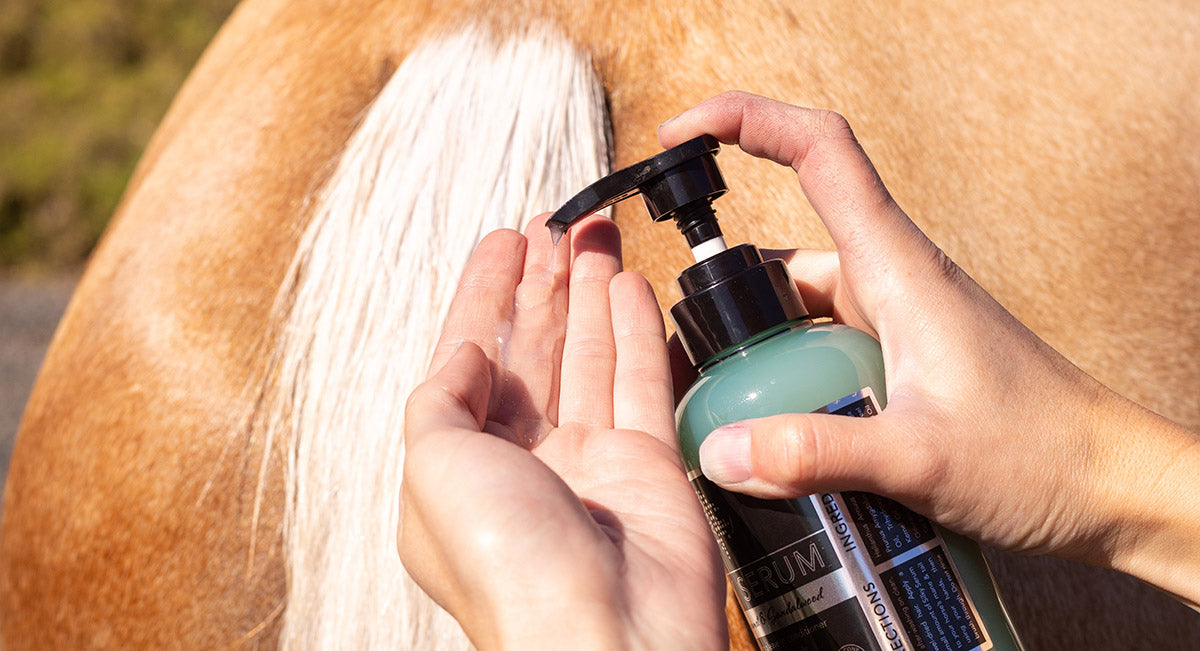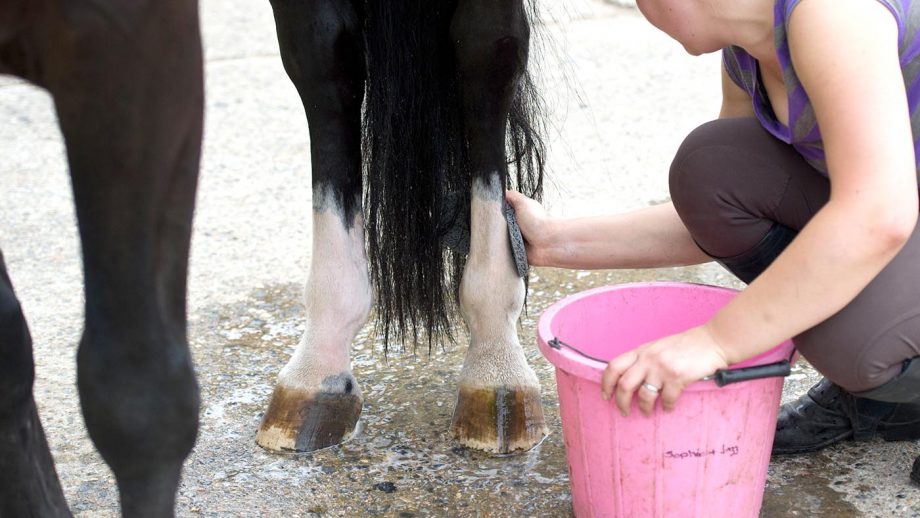For many horse enthusiasts, understanding how to put a bridle on a horse that throws his head can be a challenging yet rewarding endeavor. If you’ve ever attempted to bridle a horse that consistently tosses his head, you know that it requires patience, technique, and sometimes a little persistence. Horses are majestic creatures, each with their distinct personality, and some tend to resist bridling due to fear, discomfort, or simply, stubbornness. Fortunately, there are a variety of strategies to help you master this art effectively and safely.

Understanding Why a Horse Throws His Head
Understanding the root cause of why a horse throws his head is the first step in addressing the issue. Horses might exhibit head tossing due to discomfort, fear, or previous negative experiences associated with bridling. It’s essential to approach the task with a calm demeanor to not exacerbate the problem.
Possible Causes of Head Tossing
Discomfort and Pain: Dental issues or discomfort caused by an ill-fitting bridle can make a horse wary of the process.
Anxiety: Previous harsh handling or poor experiences may make the horse anxious, leading to head throwing.
Lack of Proper Training: Inadequate training can leave a horse unfamiliar with the necessities of wearing a bridle.
Recognizing Behavioral Signs
Watch for signs such as ear pinning, teeth grinding, or resistance that indicate your horse’s discomfort or fear. Addressing these signs respectfully and carefully is key.
Effective Techniques for Bridling a Head-Sensitive Horse
Before approaching the task, ensure your equipment is in good condition. An improperly fitted bridle can cause discomfort. If you’re unsure, check out maintaining your horse riding gear for tips.
Basic Steps to Follow
Be Calm and Gentle: Approach your horse calmly, keeping your body language submissive and non-threatening.
Desensitization Exercises: Allow the horse to become familiar with the bridle by presenting it without the intention to put it on.
Stay Patient and Consistent
Consistency is key when teaching a horse to accept a bridle. Use positive reinforcement techniques, rewarding your horse for each small step achieved.
Training Exercises to Alleviate Head Tossing
Incorporating groundwork exercises can significantly help in reducing a horse’s head tossing behavior. Learn more about strengthening your bond with groundwork exercises to help ease the process.
Lunging Techniques
Using lunging as a desensitization technique allows the horse to alleviate nervous energy and frustration.
Positive Reinforcement
Utilize treats and praise when the horse exhibits desired behavior. Consistently rewarding positive behavior can expedite learning.
Choosing the Right Bridle
Selecting the proper bridle for a horse that throws its head is crucial. Well-fitted bridles can prevent discomfort. Visit this link for more insights on choosing the essential riding gear.
Ensuring Horse Health and Safety
It’s essential to regularly check your horse’s health, particularly oral health, as this can directly impact how a horse reacts to being bridled. Seek guidance from a professional vet if needed.
For additional safety information, consider reviewing safety tips for horseback riding.
Conclusion: Positive Results with Patience
Understanding how to put a bridle on a horse that throws his head revolves around patience, empathy, and recognizing the horses cues. Reinforcing the bond through training and understanding will lead to positive outcomes.

FAQ
How can I ensure the bridle fits correctly?
Ensure there are no pinches, and the bit rests comfortably in the mouth. Regularly check for tears or wear in the leather.
What should I do if my horse still resists?
If resistance continues, revisiting the basics and possibly seeking help from a professional trainer may be advisable.
Is head tossing linked to any health issues?
Yes, health issues such as dental problems can contribute, so regular veterinary checks are advised.







